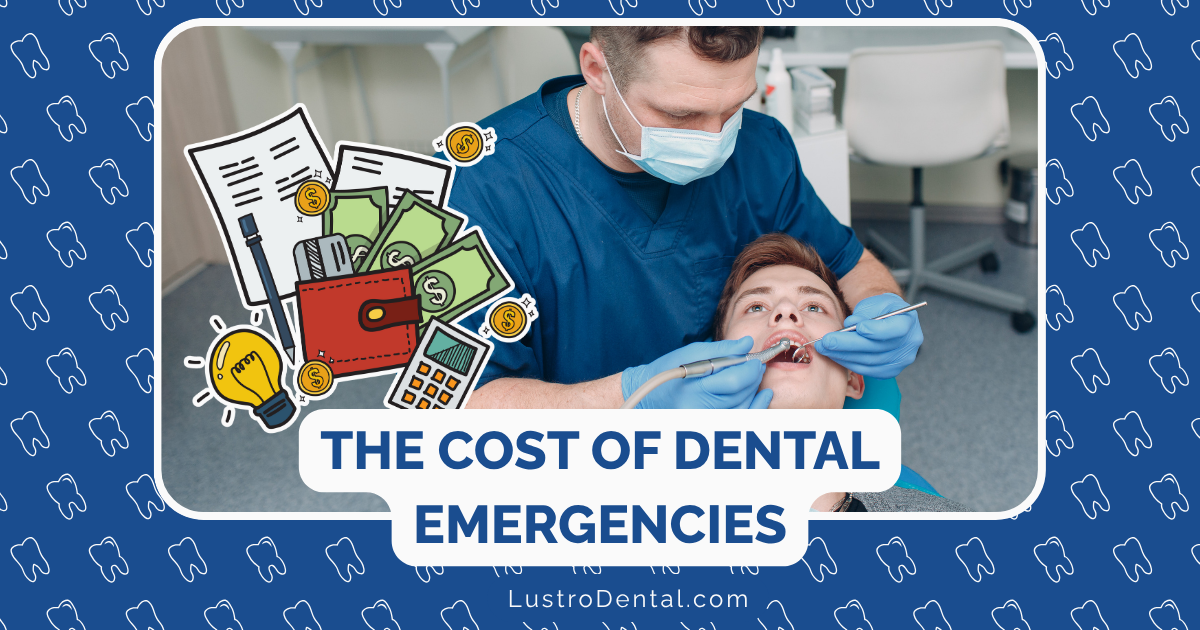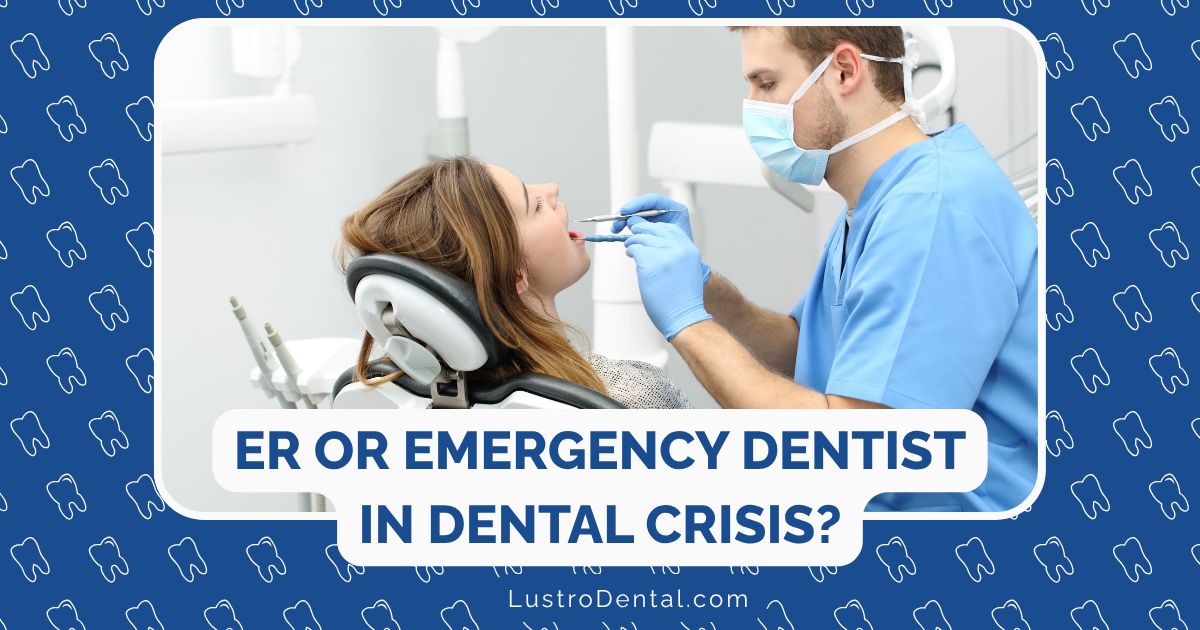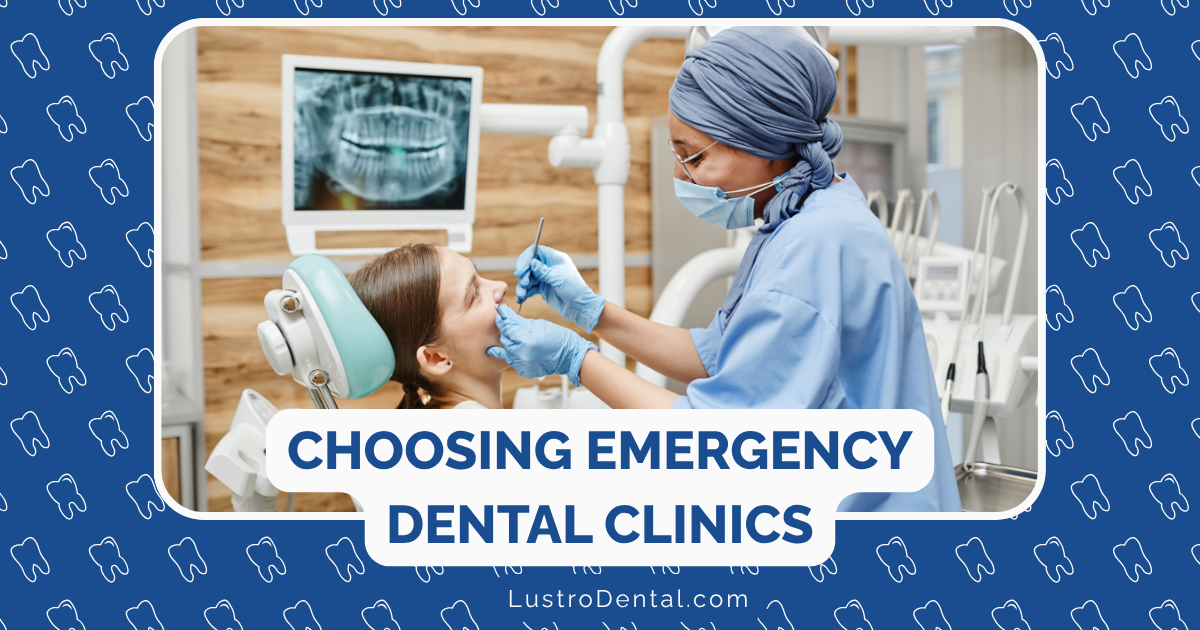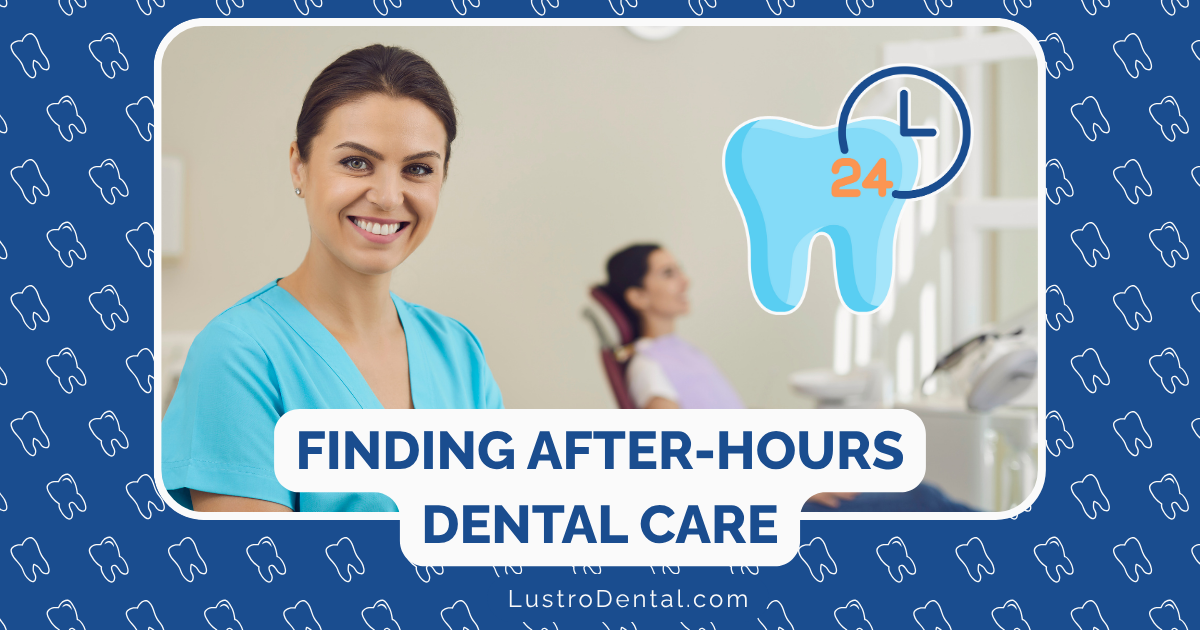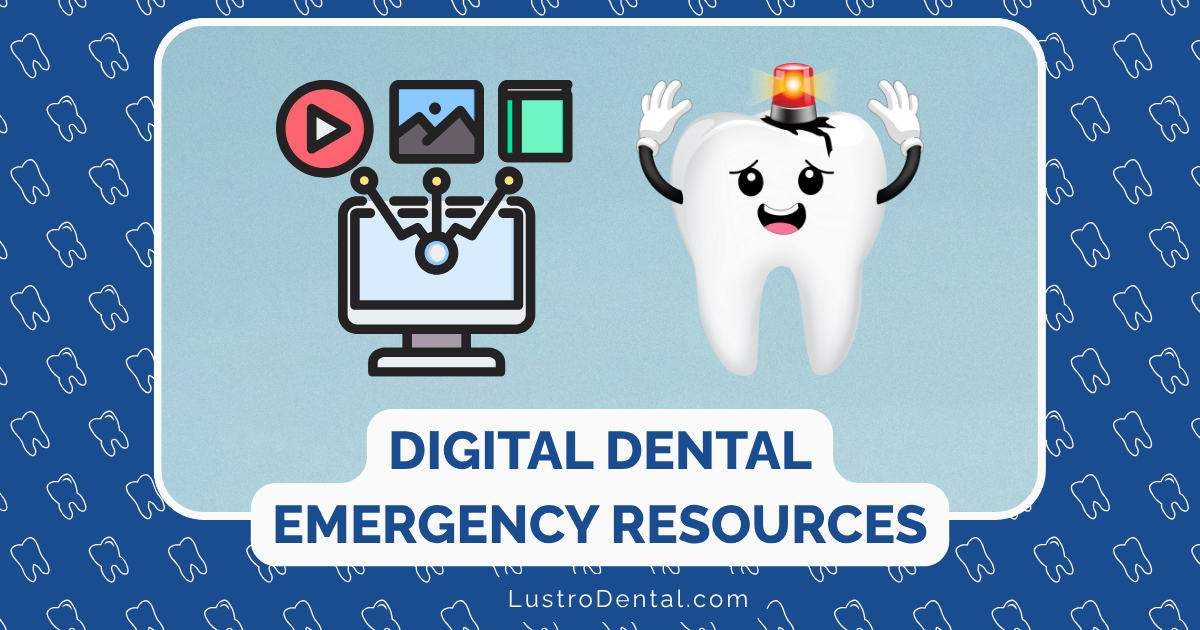Navigating Dental Pain: Immediate Relief Strategies While Awaiting Professional Care
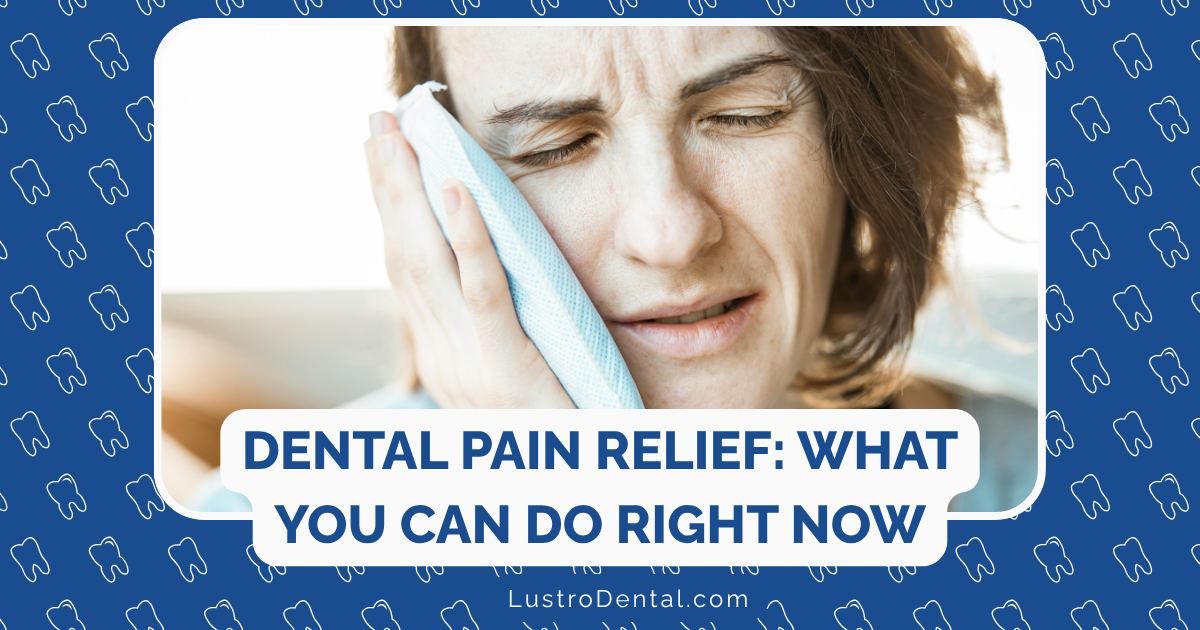
Few experiences are as universally distressing as dental pain. Whether it’s a persistent ache, sharp sensitivity, or throbbing discomfort, tooth pain can disrupt sleep, affect your ability to eat, and significantly impact your quality of life. When dental pain strikes, professional care is always the definitive solution—but what can you do when your dentist appointment is still days away, or when pain develops during a weekend or holiday?
This comprehensive guide explores evidence-based strategies to manage dental pain while awaiting professional treatment. We’ll cover immediate relief options, home remedies, over-the-counter solutions, and preventive approaches to help you navigate this challenging situation with confidence and comfort.
Understanding Dental Pain: Types and Causes
Before exploring relief strategies, it’s helpful to understand what might be causing your dental pain. Different types of pain often indicate different underlying issues.
Common Types of Dental Pain
Sharp, Shooting Pain
- Possible causes: Cracked tooth, exposed dentin, beginning of an abscess
- Characteristics: Often triggered by hot, cold, sweet, or pressure
- Urgency level: Moderate to high—should be evaluated within days
Persistent, Throbbing Pain
- Possible causes: Infection, abscess, advanced decay reaching the pulp
- Characteristics: Often constant, may worsen when lying down
- Urgency level: High—may require emergency care, especially if accompanied by swelling
Dull, Aching Pain
- Possible causes: Grinding (bruxism), sinus pressure, early decay
- Characteristics: Often more generalized, may affect multiple teeth
- Urgency level: Low to moderate—should be evaluated but less urgent
Pain When Biting or Chewing
- Possible causes: Cracked tooth, loose filling, pulp inflammation
- Characteristics: Specifically triggered by pressure or certain angles
- Urgency level: Moderate—should be evaluated within days
Gum Pain and Sensitivity
- Possible causes: Gingivitis, periodontitis, food impaction, emerging wisdom teeth
- Characteristics: Tender, swollen gums, possible bleeding
- Urgency level: Low to moderate—requires attention but rarely an emergency
Understanding your specific type of pain can help you communicate effectively with dental professionals and choose the most appropriate temporary relief strategies.
When to Seek Emergency Care
While many dental issues can wait for a scheduled appointment, some situations require immediate professional attention. Do not delay seeking emergency care if you experience:
Signs Requiring Immediate Attention
- Significant facial swelling: Especially if it affects your ability to breathe or swallow
- Severe, uncontrollable pain: Not responding to over-the-counter pain relievers
- Bleeding that doesn’t stop: Particularly after an extraction or injury
- Trauma to the face or mouth: Such as knocked-out teeth or jaw injuries
- Signs of infection spreading: Fever, malaise, difficulty opening your mouth
According to the American Dental Association, delaying treatment for these conditions can lead to serious complications, including the spread of infection to vital areas of the head and neck.
Finding Emergency Dental Care
If you’re experiencing a dental emergency:
- Contact your regular dentist first: Many practices reserve time for emergency patients or offer after-hours contact information
- Dental schools: Often provide emergency services at reduced rates
- Hospital emergency departments: Appropriate for severe infections, trauma, or when other options aren’t available
- Emergency dental clinics: Specialize in same-day emergency care
Remember that emergency rooms typically cannot provide definitive dental treatment but can help manage pain, infection, and trauma until you can see a dentist.
Immediate Relief Strategies: Over-the-Counter Options
When dental pain strikes, over-the-counter medications and products can provide significant temporary relief while you await professional care.
Pain Relievers
Non-Steroidal Anti-Inflammatory Drugs (NSAIDs)
- Options: Ibuprofen (Advil, Motrin), Naproxen (Aleve)
- Benefits: Reduces both pain and inflammation
- Usage: Follow package directions; typically 400-600mg of ibuprofen every 6-8 hours
- Considerations: Not appropriate for those with certain medical conditions or taking specific medications
Research published in the Journal of the American Dental Association suggests that ibuprofen often provides better relief for dental pain than other over-the-counter options.
Acetaminophen (Tylenol)
- Benefits: Alternative for those who cannot take NSAIDs
- Usage: Follow package directions; typically 500-1000mg every 6 hours
- Considerations: Be careful not to exceed daily maximum doses, especially if taking other medications containing acetaminophen
Combination Approaches
Some dentists recommend alternating ibuprofen and acetaminophen for more effective pain management:
- Take ibuprofen
- Three hours later, take acetaminophen
- Three hours after that, return to ibuprofen
- Continue alternating until your appointment
Always consult with a healthcare provider before combining medications.
Topical Anesthetics
Benzocaine Products
- Options: Orajel, Anbesol, and similar products
- Benefits: Temporarily numbs the affected area on contact
- Usage: Apply directly to the painful area up to 4 times daily
- Considerations: Temporary relief; effect typically lasts 15-45 minutes
Eugenol (Oil of Cloves) Products
- Options: Red Cross Toothache Medication, DenTek Pain Relief Kit
- Benefits: Natural anesthetic and antimicrobial properties
- Usage: Apply small amount directly to the affected area
- Considerations: Strong taste; can cause irritation if used excessively
Desensitizing Toothpastes
- Options: Sensodyne, Colgate Sensitive, and similar products
- Benefits: Blocks pain signals from the tooth surface to the nerve
- Usage: Brush normally or apply directly to sensitive areas and leave on
- Considerations: Takes time to build effectiveness; works best for sensitivity rather than acute pain
While these options can provide significant relief, remember they address symptoms rather than underlying causes. Professional dental care remains essential for resolving the source of your pain.
Natural Remedies for Temporary Relief
For those seeking alternative approaches or additional relief alongside conventional methods, several natural remedies have shown promise for temporary dental pain management.
Salt Water Rinse
- How to use: Dissolve ½ teaspoon of salt in 8 ounces of warm water and gently rinse for 30 seconds
- Benefits: Reduces inflammation, cleanses the area, may draw out infection
- Frequency: Can be used every 1-2 hours as needed
- Evidence base: Supported by clinical research for reducing oral inflammation
Cold Compress
- How to use: Apply ice wrapped in a thin cloth to the outside of your face for 15-20 minutes
- Benefits: Reduces inflammation and numbs the area, constricting blood vessels
- Frequency: Apply for 15 minutes on, 15 minutes off
- Best for: Pain associated with swelling, trauma, or inflammation
Clove Oil
- How to use: Apply a small amount to a cotton ball and place against the affected area
- Benefits: Contains eugenol, a natural anesthetic and antimicrobial
- Considerations: Use sparingly as it can cause irritation to gums and mucous membranes
- Evidence base: Multiple studies confirm its analgesic properties
Peppermint Tea
- How to use: Steep a peppermint tea bag, allow to cool slightly, then apply to the affected area
- Benefits: Numbing effect and pleasant taste
- Additional benefit: Drinking the tea may provide systemic relaxation
Garlic
- How to use: Crush a fresh garlic clove, mix with a pinch of salt, and apply to the affected area
- Benefits: Contains allicin, which has antimicrobial properties
- Considerations: Strong taste and smell; may cause burning sensation
Thyme Essential Oil
- How to use: Mix a few drops with water and use as a mouthwash
- Benefits: Contains thymol, which has antiseptic properties
- Considerations: Do not swallow; use only food-grade essential oils
While these remedies can provide temporary relief, they should complement rather than replace professional dental care. Always inform your dentist about any natural remedies you’ve used when you arrive for your appointment.
The Oral Microbiome Connection
Recent scientific advances have highlighted the crucial role of the oral microbiome—the community of microorganisms living in your mouth—in both causing and potentially preventing dental pain.
How Bacteria Contribute to Dental Pain
Many common causes of dental pain involve bacteria:
- Tooth decay: Acid-producing bacteria dissolve tooth enamel and dentin
- Gum disease: Bacterial infection causes inflammation of gum tissue
- Abscesses: Bacterial infection inside the tooth or gum creates pressure and pain
- Root infection: Bacteria penetrating the dental pulp cause inflammation and nerve damage
Traditional approaches often focus on eliminating bacteria broadly, but this can disrupt the balance of beneficial organisms that naturally protect your oral health.
The Protective Role of Beneficial Bacteria
Not all oral bacteria are harmful. A balanced oral microbiome includes beneficial species that:
- Compete with harmful bacteria for resources
- Produce antimicrobial compounds that target pathogens
- Help regulate inflammation
- Support the natural remineralization process
Supporting Your Oral Microbiome During Dental Pain
While addressing the immediate pain, supporting your oral microbiome can help create an environment less conducive to future problems.
ProDentim: Oral Probiotics for Dental Health Support
ProDentim represents an innovative approach to oral health through microbiome support. Each tablet contains 3.5 billion CFUs (colony-forming units) of beneficial bacteria specifically selected for oral health:
- Lactobacillus paracasei: Helps inhibit the growth of harmful bacteria associated with tooth decay and gum disease
- Lactobacillus reuteri: Produces antimicrobial compounds that target pathogenic bacteria while supporting gum health
- Bifidobacterium lactis BL-04: Helps maintain a balanced oral microbiome and supports immune function
The formula also includes supporting ingredients like inulin (a prebiotic that feeds beneficial bacteria) and peppermint (for fresh breath and mild analgesic properties).
While ProDentim is not a direct pain reliever, many users report that incorporating it into their daily routine helps reduce the frequency and severity of dental issues that can lead to pain. By supporting a healthier oral microbiome, it creates an environment where beneficial bacteria can thrive, potentially reducing the risk of future painful episodes.
Research published in the Journal of Clinical Periodontology suggests that oral probiotics can help reduce inflammation and support overall oral health, making them a valuable addition to comprehensive dental care.
Pain Management Techniques
Beyond medications and remedies, several techniques can help you manage dental pain while waiting for your appointment.
Elevation
- How to do it: Sleep with your head elevated on multiple pillows
- Why it works: Reduces blood pressure to the affected area, potentially reducing throbbing pain and swelling
- Best for: Pain associated with inflammation or infection
Distraction Techniques
- Guided meditation: Focus on breathing rather than pain
- Engaging activities: Immerse yourself in movies, books, or conversations
- Gentle exercise: Walking or other light activities can release endorphins
- Music therapy: Listening to calming or favorite music can reduce pain perception
Acupressure
- LI4 point: Located in the webbing between thumb and index finger
- How to use: Apply firm pressure for 2-3 minutes
- Evidence base: Studies show this can help reduce dental pain through the gate control theory of pain
Relaxation Techniques
Dental pain often creates a cycle where pain causes tension, which worsens pain:
- Progressive muscle relaxation: Systematically tense and release muscle groups
- Deep breathing: Slow, diaphragmatic breathing reduces stress hormones
- Guided imagery: Visualizing peaceful scenes can reduce pain perception
Avoiding Trigger Foods and Behaviors
- Temperature extremes: Avoid very hot or cold foods and beverages
- Sweet or acidic items: Can worsen pain, especially with exposed dentin
- Hard or chewy foods: May exacerbate pain from cracked teeth or loose fillings
- Chewing on the affected side: Redirect food to the unaffected side
These techniques can complement other pain management strategies and help you maintain comfort while awaiting professional care.
What to Avoid When Experiencing Dental Pain
Certain common practices can worsen dental pain or create additional problems. Avoid these approaches despite what you might have heard:
Ineffective or Harmful Folk Remedies
- Placing aspirin directly on the gum: Causes chemical burns to gum tissue
- Alcohol on the affected area: Can irritate damaged tissues and interact with medications
- Tobacco use: Impairs healing and can worsen pain
- Very hot compresses: Can increase inflammation and pain
Potentially Damaging Self-Treatment
- DIY fillings: Over-the-counter temporary filling materials should only be used as directed
- Excessive use of numbing gels: Can mask symptoms that your dentist needs to evaluate
- Attempting to drain abscesses: Can spread infection and delay proper treatment
- Using tools to remove objects between teeth: Can damage gums and teeth
Problematic Pain Management Approaches
- Exceeding recommended dosages of pain relievers: Can cause serious health complications
- Prolonged use of topical anesthetics: May lead to tissue irritation or systemic effects
- Using expired medications: May be ineffective or harmful
- Antibiotics without prescription: Inappropriate use contributes to antibiotic resistance
According to the American Dental Association, proper interim care while awaiting your dental appointment can prevent complications and make definitive treatment more successful.
Preparing for Your Dental Appointment
Making the most of your dental appointment ensures you receive appropriate care for your specific situation.
Communicating Effectively About Your Pain
Be prepared to describe your pain using these parameters:
- Duration: When it started and whether it’s constant or intermittent
- Character: Sharp, dull, throbbing, aching, etc.
- Triggers: What makes it worse (temperature, pressure, sweet foods, etc.)
- Relief factors: What has helped reduce the pain
- Associated symptoms: Swelling, fever, bad taste, etc.
- Pain scale: Rate your pain from 1-10 to help quantify severity
Documentation to Bring
- List of current medications: Including over-the-counter drugs and supplements
- Medical history updates: Any changes since your last visit
- Insurance information: To facilitate payment processing
- Pain diary: Notes about pain patterns if you’ve kept track
Questions to Ask Your Dentist
- What is causing my pain?
- What are my treatment options?
- How can I prevent this from happening again?
- What signs would indicate a complication requiring immediate attention?
- Are there specific oral care products you recommend for my situation?
After-Hours Preparation
If your appointment is scheduled for after standard business hours:
- Confirm the office location if different from regular hours
- Verify payment options available during emergency hours
- Arrange transportation if you might receive sedation or strong pain medication
- Bring contact information for your pharmacy if prescriptions will be needed
Being prepared helps ensure you receive the most appropriate care and reduces anxiety about the appointment itself.
Prevention: Breaking the Cycle of Dental Pain
While addressing your current pain is the immediate priority, preventing future episodes is equally important. A comprehensive prevention strategy includes several components:
Regular Dental Care
- Routine check-ups: Every 6 months for most people, more frequently if recommended
- Professional cleanings: Remove tartar that can’t be addressed with home care
- Early intervention: Addressing small problems before they become painful emergencies
Optimal Home Care Routine
- Effective brushing: Twice daily with proper technique
- Daily flossing: Removes plaque between teeth where brushing can’t reach
- Appropriate tools: Consider electric toothbrushes, water flossers, or other recommended devices
- Antimicrobial rinses: As recommended by your dental professional
Dietary Considerations
- Limit sugary foods and beverages: Reduce fuel for harmful bacteria
- Minimize acidic drinks: Protect enamel from erosion
- Stay hydrated: Adequate saliva production helps protect teeth
- Consider calcium and vitamin D: Support remineralization and bone health
Protective Measures
- Night guards: If you grind or clench your teeth
- Sports guards: During athletic activities
- Addressing bruxism: Stress management and other approaches to reduce grinding
- Avoiding using teeth as tools: Don’t open packages, bite nails, or chew ice
Supporting Your Oral Microbiome
Maintaining a balanced oral microbiome creates an environment less conducive to painful dental conditions:
- Oral probiotics: Daily use of ProDentim can help maintain beneficial bacterial balance
- Limiting antimicrobial mouthwashes: Use only as directed by your dental professional
- Xylitol products: Gum or mints that contain xylitol can help reduce harmful bacteria
- Balanced diet: Supports overall microbiome health
By implementing these preventive strategies, you can significantly reduce your risk of experiencing dental pain in the future, potentially saving yourself discomfort, time, and expense.
Conclusion: Balancing Immediate Relief with Long-Term Health
Dental pain can be one of life’s most distressing experiences, but with the right approach, you can effectively manage discomfort while awaiting professional care. Remember that temporary relief measures address symptoms rather than underlying causes—professional dental treatment remains essential for resolving the source of your pain.
By combining appropriate over-the-counter medications, natural remedies, pain management techniques, and oral microbiome support through products like ProDentim, you can navigate this challenging situation with greater comfort and confidence.
After receiving professional treatment, consider how a comprehensive prevention strategy—including regular dental visits, excellent home care, protective measures, and microbiome support—can help break the cycle of dental pain and contribute to lifelong oral health.
Your smile is worth the investment in both immediate care and long-term prevention.
Frequently Asked Questions
How do I deal with tooth pain when I can’t see a dentist?
What is the 3-3-3 rule for toothache?
Can a toothache go away on its own?
How can I sleep with severe tooth pain?
Can ProDentim help with dental pain?
Have you found effective ways to manage dental pain while waiting for professional care? Share your experience in the comments below to help others navigating similar situations.


